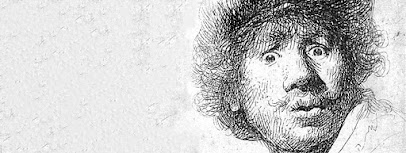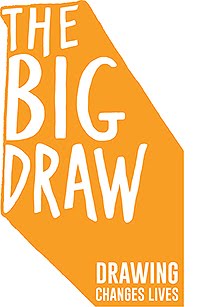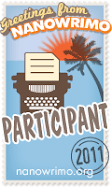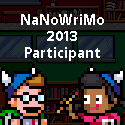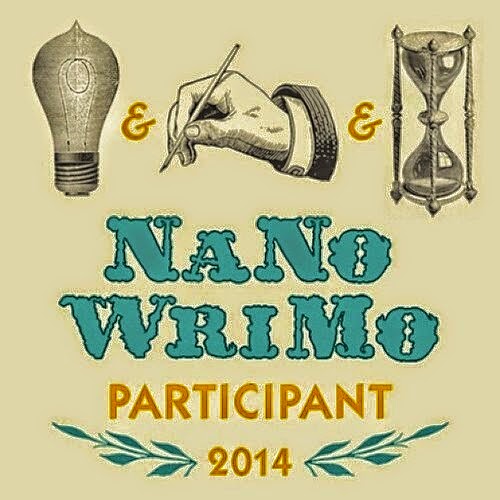I highly recommend a visit to Tom and Dulcie's gallery and framing and restoration workshop. The current exhibition "Trophies" is quite something too.
© 2016 Fairhurst Gallery, Websdales Court, Bedford Street, Norwich, NR2 1AR | 01603 614214 | fairhurstgallery@gmail.com
"Tucked away in the Norwich Lanes, once a 17th century skittle alley and formerly the Cat Trap jazz club, the Fairhurst is a unique and charming gallery space, hosting regular exhibitions.
The Fairhurst gallery champions contemporary fine art, bringing variety and brilliance to the city of Norwich. With a view to developing the careers of new professional artists and helping established practitioners reach new audiences, The Fairhurst repeatedly show inspirational work of the highest standards."

James Webster
24th June – 3rd September 2016
"Trophies" is a series of anatomically correct porcelain sculptures of animal skulls with their vertebrae resting on a concrete and metal plinth.
Inspired by his childhood and an obsession for collecting bones and skulls found in the countryside or in the slaughter house of the surrounding farms, James Webster pushed himself to portray his subjects as accurately as possible.
To realise Trophies, James observes real animal skulls and reproduces them in terracotta, adding 20% to their natural size. This model is then chopped into different parts following the natural partition of the skull and a mould of each part is created.
 Helped by his mother Kit,
James prepares the porcelain and pours it into the moulds. When the
porcelain drys he puzzles the skull back together and adds the last
details with the help of his tools and his fingers. He then puts the
sculpture in the kiln. The first firing creates the “biscuit” of the
porcelain, the sculpture reduces by 20% and comes back to the size of
it’s subject. He glazes the teeth and colours the details by oxidising
the porcelain with melted iron. The firing can last up to six days
depending the size of the animal.
Helped by his mother Kit,
James prepares the porcelain and pours it into the moulds. When the
porcelain drys he puzzles the skull back together and adds the last
details with the help of his tools and his fingers. He then puts the
sculpture in the kiln. The first firing creates the “biscuit” of the
porcelain, the sculpture reduces by 20% and comes back to the size of
it’s subject. He glazes the teeth and colours the details by oxidising
the porcelain with melted iron. The firing can last up to six days
depending the size of the animal.



